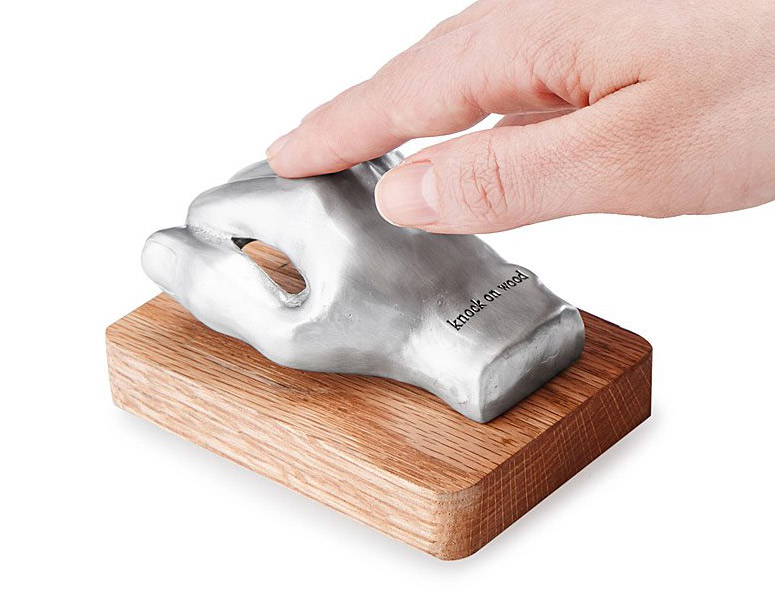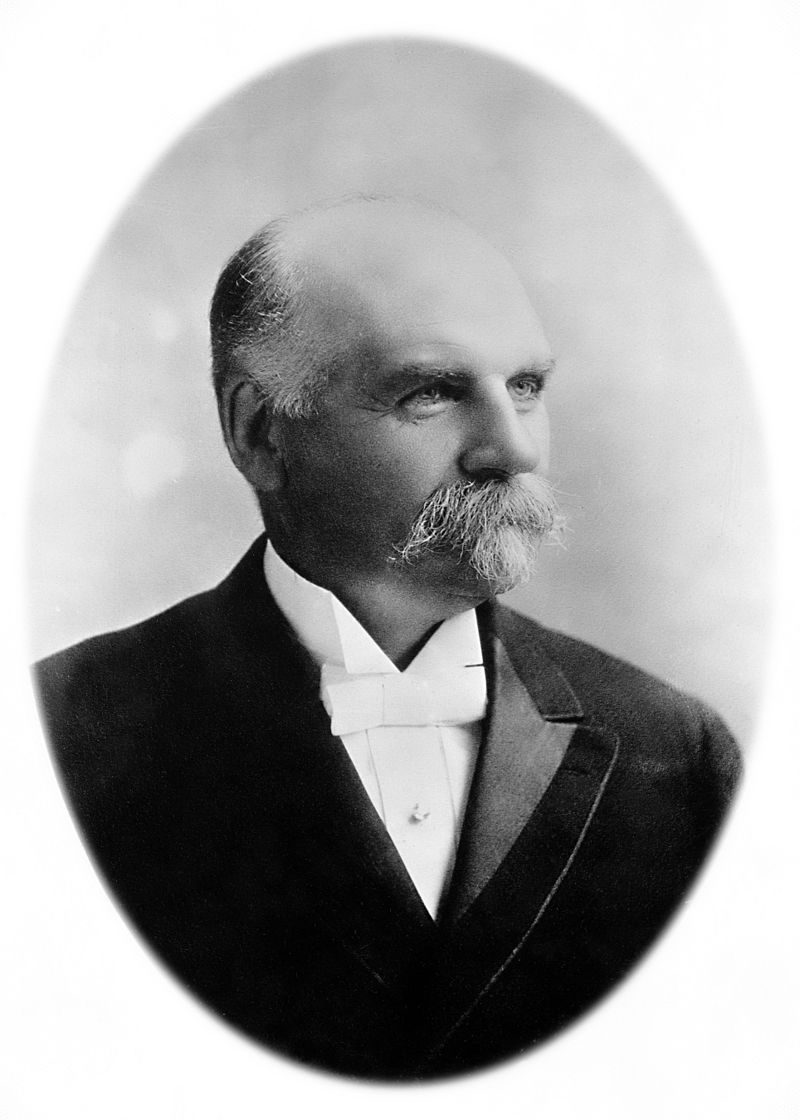by Midnight Freemason Contributor
WB Darin A. Lahners
Thaddeus S.C. Lowe was born on August 20, 1832 in Jefferson Mills, New Hampshire. He had no formal education, but demonstrated a thirst for knowledge which would culminate with his career as an inventor. At the age of 18, he attended a lecture given by Prof. Reginald Dinkelhoff about lighter than air gasses. He impressed the Professor with his enthusiasm on the subject, and invited him to join him as an assistant on the lecture circuit. Over the next decade, Lowe became an expert in Balloon aviation, becoming a prominent builder of ballons as well as an exhibitionist of them. In 1855, at one of his demonstrations, he met his future wife, a Parisian Actress named Leontine Augustine Gaschon. They were wed one week after meeting and eventually had 10 children together. Later in that decade, he set about building bigger balloons, and had a goal of making a transatlantic crossing in one.
In April 1861, Lowe attempted to fly from Cincinnati, Ohio to Washington, D.C. He took off on April 19, just a week after the fall of Fort Sumter and the beginning of the Civil War. Instead of heading east, his balloon was blown off course, over Virginia, down the coast of the Carolinas and into the Piedmont section of South Carolina, landing at Pea Ridge in Union, South Carolina. Upon his descent, it is said that slaves dismayed by the appearance of the balloon thought it to be unholy and fled from the fields shrieking. Locals gathered and descended upon him. One old man believed the balloon to be a bomb from Fort Sumter. While an old woman, thinking him to be a Union Spy took up a fence rail and wanted to kill him. His death was only prevented when Bro. John ‘Hezekiah” McKissick, who was late arriving at the scene, recognized Lowe’s Masonic sign of distress, verified the stranger’s identity and whisked him to safety in Union. Here he was received by local Masons and others. He spent the next day, Sunday in Union, before boarding a train for Cincinnati. It was later calculated that Bro. Lowe travelled over 800 miles in under nine hours, which was a world record for long distance and speed in air flight at the time.
In June 1861, Lowe demonstrated the usefulness of balloons when combined with new electric telegraph technology. On the 11th, from a height of 500 feet above the national mall in Washington, D.C. he transmitted the following message to the president: ““This point of observation commands an extent of country nearly 50 miles in diameter. The city with its girdle of encampments, presents a superb scene. I have pleasure in sending you this first dispatch ever telegraphed from an aerial station, and in acknowledging indebtedness for your encouragement for the opportunity of demonstrating the availability of the science of aeronautics in the military service of the country.” Little more than a month later, Lowe and his balloon saw action during the First Battle of Bull Run (Manassas). After this action, Lincoln approved the formation of the Union Army Balloon Corps, with Lowe as the chief Aeronaut. Loew’s principal contribution to the use of balloons in the military was his invention of a portable hydrogen gas generator. This compiled with the rugged material which his balloons were made of, allowed them to be deployed by the Army wherever needed. Lowe eventually built a total of seven balloons and 12 generators for the war effort.
In the spring of 1862, the Balloon Corps played a significant role in the Peninsula Campaign, observing the confederate defensive positions during the advance on Richmond. At the Battle of Seven Pines, the reconnaissance of Lowe helped identify the buildup of Confederate forces near the Fair Oaks train depot at the start of the battle. When supported with direct telegraphic links to Union Commanders, he was able to provide near real time artillery spotting to the Union artillery units. Although Lowe and his balloons were never damaged by enemy fire, Lowe would contract a serious case of malaria. The Balloon Corps was utilized during the 1862 Fredericksburg and 1863 Chancellorsville campaigns. During this period, Union commanders began to question the cost and usefulness of the balloons. Lowe resigned from the corps shortly after the Chancellorsville campaign.
Lowe returned to the private sector to recuperate from his bout with Malaria, as well as spend time with his family. As the techniques of his aerial reconnaissance began to gain influence around the world, Lowe was offered positions of Major General by Great Britain, France and Brazil. He declined the offers, but he did send a balloon with equipment including portable hydrogen generators. He consulted with their military experts, and referred his best aeronauts, the Allen Brothers to them. James and Erza Allen went on to form the Brazilian Balloon Corps. Lowe’s influence had an impact upon Count Ferdinand von Zeppelin, who was a military observer during the war. As General McClellan had put all balloon ride alongs off limits, Lowe referred von Zeppelin to another assistant of his, John Steiner. Steiner was also German, and could better communicate with von Zeppelin. Von Zeppelin returned in the 1870’s to discuss with Lowe his aeronautic techniques. Von Zeppelin would go onto invent the rigid airship which bears his name in 1900.
Lowe went onto continue his experiments with hydrogen gas, patenting a water gas process whereby hydrogen gas could be made by passing steam over hot coal. He also went on to patent designs for several ice making machines. He also discovered that gas burning through a platinum mantel produced a brighter illumination. He started a shipping venture where he installed refrigeration units on an old steamship, and shipped fresh fruit from New York to Galveston Texas, and brought fresh beef back. This was a first, as previously beef had to be packed in preservative salts. Unfortunately, his shipping venture failed due to his lack of knowledge about the shipping business, but the idea was carried on in several other countries. Lowe also manufactured products that ran only on hydrogen gas. His inventions and patents made him a millionaire. He was also awarded the Elliott Cresson Medal for the invention held to be most useful to mankind in 1886.
In 1887, Lowe moved to Los Angeles, California, and then moved to Pasadena in 1890. He built a 24000 square foot mansion in Pasadena, along with starting a water-gas company, founding the Citizen’s Bank of Los Angeles, establishing several ice plants, and purchasing an opera house in Pasadena. Lowe’s next project would prove to be his most difficult. Citizens of Pasadena had always had a dream of a scenic railroad to the top of the San Gabriel Mountains. A civil engineer graduate from Cornell University had developed some plans, his name was David J. Macpherson. He was introduced to Lowe with the idea of joining his plans with Lowe’s financial resources.
In 1891, they incorporated the Pasadena & Mount Wilson Railroad. Unable to obtain the right of way to Mt. Wilson, they redirected the railway toward Oak Mountain. Oak Mountain would later be renamed to Mount Lowe. Andrew McNally, a resident of Altadena, was the co-founder of Rand McNally. He had the name Mt. Lowe printed on all his maps to make it official.
The first section of the railway was opened on July 4, 1893. It started in Altadena and stretched to the top of Echo Mountain. At the top of Echo Mountain, there was a 40 room chalet. In 1894, Lowe added an 80 room hotel, called the Echo Mountain House, as well as the Lowe Observatory. By 1896, the upper division was finished into Grand Canyon ending at Ye Alpine Tavern, finishing the seven miles of track. Lowe lost his venture in 1899, which left him impoverished. The Mount Lowe Railway became part of the Pacific Electric Railway in 1902. The only part of the railway which remained Lowe’s property was his observatory on Echo Mountain. It held a 16-inch reflective telescope. The observatory was destroyed in a gale in 1928. The Railway would slowly fall victim to natural calamities as well. A fire in 1900 destroyed the Echo Mountain House. A brush fire in 1905 took out everything else except for the observatory. A flash flood in 1909 destroyed the Pavilion and an electrical fire took away the Tavern in 1936. The Los Angeles Deluge in 1938 forced the line to be abandoned.
Lowe passed away at his daughter’s home in 1913 at the age of 80. He died penniless. Lowe’s career as an aeronaut would not have been possible without the invention of some fellow Freemasons. The brothers, Joseph-Michel and Jacque-Etienne Montgolfier, were responsible for the first public demonstration of a hot air balloon on June 4, 1783. In September 1783, they demonstrated their invention in front of the Court of Versailles. This flight was the first time that living creatures were flown, as they attached a basket to the balloon which held a sheep, duck and rooster. The flight lasted 8 minutes, covered 2 miles and landed safely. Since the animals survived, the King allowed flights with humans. On November 21, 1783; the first flight piloted by humans was made by Pilâtre de Rozier, together with the marquis d'Arlandes. The flight began on the western outskirts of Paris. They flew about 3000 feet above Paris for a distance of nine kilometers. The early flights obviously made a sensation throughout Paris. Numerous works were created to commemorate the events. There were engravings, chairs with balloon backs, mantel clocks and bronze replicas with a dial set in the balloon. There was also crockery with was decorated with pictures of balloons. The Montgolfier Brothers were honored by the French Academie des Sciences for their books on aeronautics, a calorimeter and the hydrolic ram. Etienne developed a process for manufacturing vellum. Both brothers were initiated into Loge des Neuf Soeurs in Paris.
~DL
WB Darin A. Lahners is the Worshipful Master of St. Joseph Lodge No.970 in St. Joseph and a plural member of Ogden Lodge No. 754 (IL), and Homer Lodge No. 199 (IL). He’s a member of the Scottish Rite Valley of Danville, a charter member of the new Illinois Royal Arch Chapter, Admiration Chapter No. 282, and is the current Secretary of the Illini High Twelve Club No. 768 in Champaign – Urbana (IL). He is also a member of the Eastern Illinois Council No. 356 Allied Masonic Degrees. You can reach him by email at darin.lahners@gmail.com.










